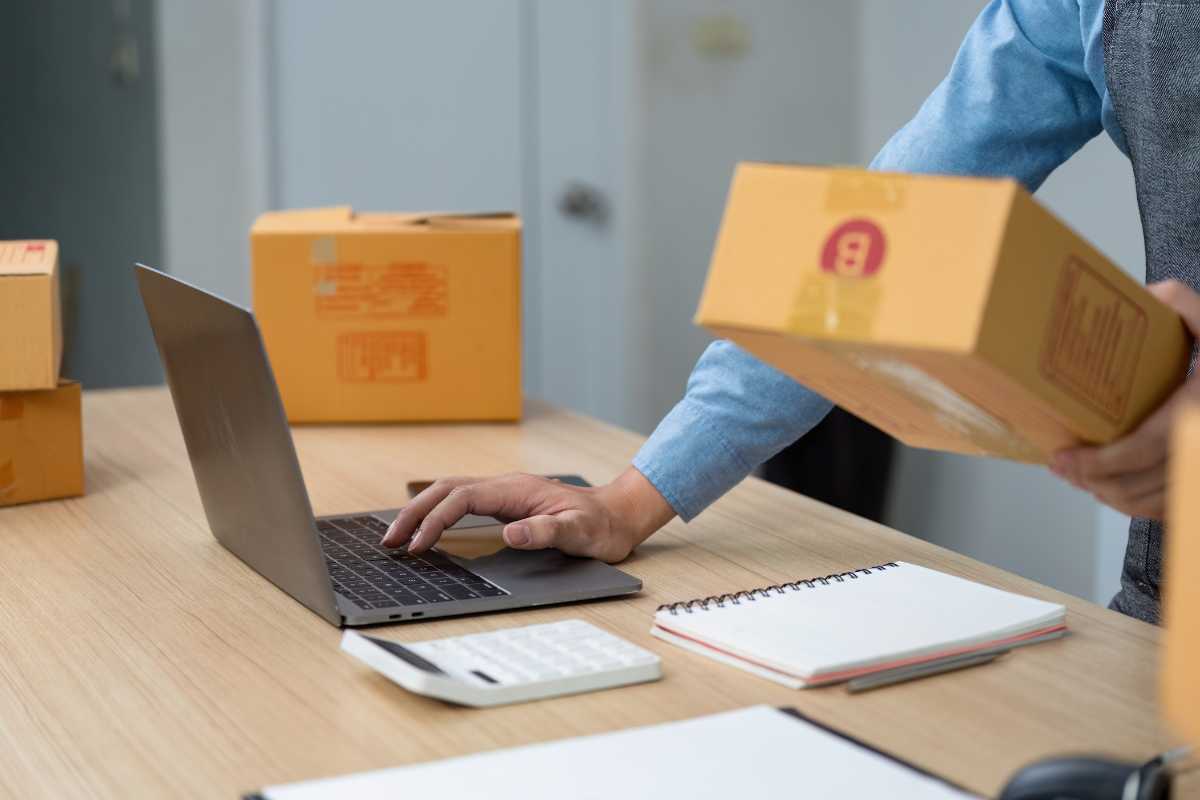The Race to the Doorstep: Reinventing E-Commerce Logistics with Speed and Sustainability
E-commerce has reshaped consumer behavior, creating an “instant gratification” economy where customers expect products to arrive not just quickly, but also reliably and responsibly. The phrase “two-day shipping” once sounded revolutionary; now, same-day delivery is becoming the new standard. But as the race to the doorstep intensifies, businesses face a double challenge: balancing speed with sustainability.
This article explores how logistics is being reinvented in the digital age, the technologies driving transformation, the environmental concerns at stake, and what the future of e-commerce delivery may look like.
The New Standard: Speed as a Competitive Advantage
Speed has become synonymous with customer satisfaction. In fact, surveys show that:
- Over 80% of consumers want same-day shipping when possible.
- 70% of online shoppers say delivery speed influences their decision to purchase.
The rise of Amazon Prime has fundamentally shifted consumer expectations. What was once a premium service is now seen as a baseline. Retailers across industries, from giants like Walmart and Target to niche e-commerce brands, are under pressure to match these delivery promises.
For businesses, logistics has moved from a back-office function to a front-line differentiator in winning customer loyalty.
The Sustainability Dilemma
However, speed comes at a cost. Faster deliveries often mean:
- More vehicles on the road making smaller, frequent trips.
- Higher emissions from rushed air transport.
- Increased packaging waste from single-item shipments.
According to the World Economic Forum, e-commerce logistics could increase carbon emissions by over 30% by 2030 if left unchecked. This creates a major tension: how do businesses deliver faster while still being responsible stewards of the planet?
Consumers are increasingly eco-conscious, and over 60% of online shoppers say they prefer sustainable delivery options. The challenge is clear: speed must evolve alongside sustainability.
The Tech-Driven Reinvention of Logistics
To meet these twin demands, e-commerce logistics is undergoing a technological revolution.
1. Artificial Intelligence & Data Analytics
AI is the brain behind smarter logistics.
- Route Optimization: Algorithms reduce delivery times and fuel use by finding the most efficient routes.
- Demand Forecasting: Predictive analytics ensures warehouse stock items are located where demand is highest.
- Dynamic Pricing: AI helps balance costs by offering incentives for slower, eco-friendly delivery options.
2. Automation & Robotics
From warehouse floors to delivery routes, automation is redefining efficiency.
- Robotic Picking & Packing: Companies like Ocado and Amazon deploy robots to speed up order fulfillment.
- Autonomous Vehicles & Drones: While still in early stages, drones and self-driving trucks promise to revolutionize last-mile delivery.
3. Micro-Fulfillment Centers (MFCs)
To reduce delivery times, businesses are moving inventory closer to consumers.
- Urban Warehouses: Small-scale warehouses in cities allow for faster last-mile fulfillment.
- Retail-as-Fulfillment: Traditional stores are being repurposed as mini-distribution hubs.
4. Green Logistics Solutions
Sustainability is being woven into the very fabric of delivery systems.
- Electric Delivery Fleets: FedEx, UPS, and Amazon are investing in electric vans to cut emissions.
- Carbon-Neutral Shipping Options: Companies like Shopify offer merchants carbon offset programs.
- Reusable Packaging: Innovative startups are experimenting with recyclable and returnable packaging solutions.
The Rise of Last-Mile Innovation
The last mile, the final leg of delivery from hub to doorstep, is the most expensive and environmentally challenging part of logistics. It often accounts for over 50% of total shipping costs.
Innovations reshaping the last mile include:
- Crowdsourced Delivery: Platforms like Postmates and DoorDash leverage gig workers for flexible, on-demand delivery.
- Smart Lockers: Amazon Lockers and similar systems reduce failed deliveries and consolidate shipments.
- Drones & Sidewalk Robots: Companies like Wing (Google) and Starship Technologies are piloting drone and robot deliveries for hyper-local logistics.
The focus is not just on speed, but also efficiency and sustainability.
Balancing Act: Speed vs. Sustainability
How do businesses strike the right balance? Here are emerging strategies:
- Tiered Delivery Options: Giving consumers a choice: ultra-fast (premium), standard, or eco-friendly, slower shipping. Research shows many customers are willing to wait longer if it reduces environmental impact.
- Collaborative Logistics: Competitors pooling resources, such as shared urban warehouses and delivery networks, can reduce duplication and emissions.
- Smart Packaging: Lightweight, recyclable, and right-sized packaging reduces both waste and transportation costs.
- Consumer Education: Brands are increasingly transparent about the carbon impact of deliveries, empowering consumers to make informed choices.
Case Studies: Reinventing E-Commerce Logistics
- Amazon: Pioneered same-day delivery while investing billions in electric vehicles and renewable energy to offset its massive footprint.
- IKEA: Committed to 100% zero-emission last-mile deliveries in major cities by 2025.
- Walmart: Leveraging its physical stores as micro-fulfillment hubs, creating one of the fastest and most sustainable supply chains.
- Alibaba (Cainiao Network): Using AI-powered smart logistics to predict demand and streamline global deliveries.
These companies highlight how logistics innovation is becoming a core business strategy rather than just an operational function.
The Role of Policy and Regulation
Governments and regulators are stepping in to accelerate the shift toward sustainable logistics:
- Emission Regulations: Stricter emission caps in urban areas are pushing delivery fleets toward electrification.
- Urban Planning: Smart city initiatives are designing infrastructure to support low-emission logistics.
- Incentives: Subsidies for electric vehicles and green warehouses encourage sustainable adoption.
Policy support will be critical in aligning private innovation with public sustainability goals.
The Future of E-Commerce Logistics
Looking ahead, we can expect logistics to become:
- Hyper-Personalized: Consumers will choose exactly when, where, and how deliveries happen.
- Largely Automated: Warehouses, vehicles, and even customer interactions will be increasingly run by AI and robotics.
- Circular and Green: Reusable packaging, electric fleets, and carbon-neutral shipping will become the norm.
- Global but Localized: While e-commerce connects global markets, fulfillment will increasingly be local to reduce costs and emissions.
Ultimately, the winners in e-commerce will be those who can deliver faster, cleaner, and smarter.
Conclusion: The Doorstep Revolution
The e-commerce boom has made logistics the battlefield of modern business. Speed may win customers, but sustainability will define long-term success. The industry is entering an era where innovation must serve both convenience and conscience.
The race to the doorstep is no longer just about who gets there first. It’s about who gets there fastest, greenest, and smartest. Businesses that can align these three priorities will not only capture consumer loyalty but also help shape a more sustainable future for global commerce.













